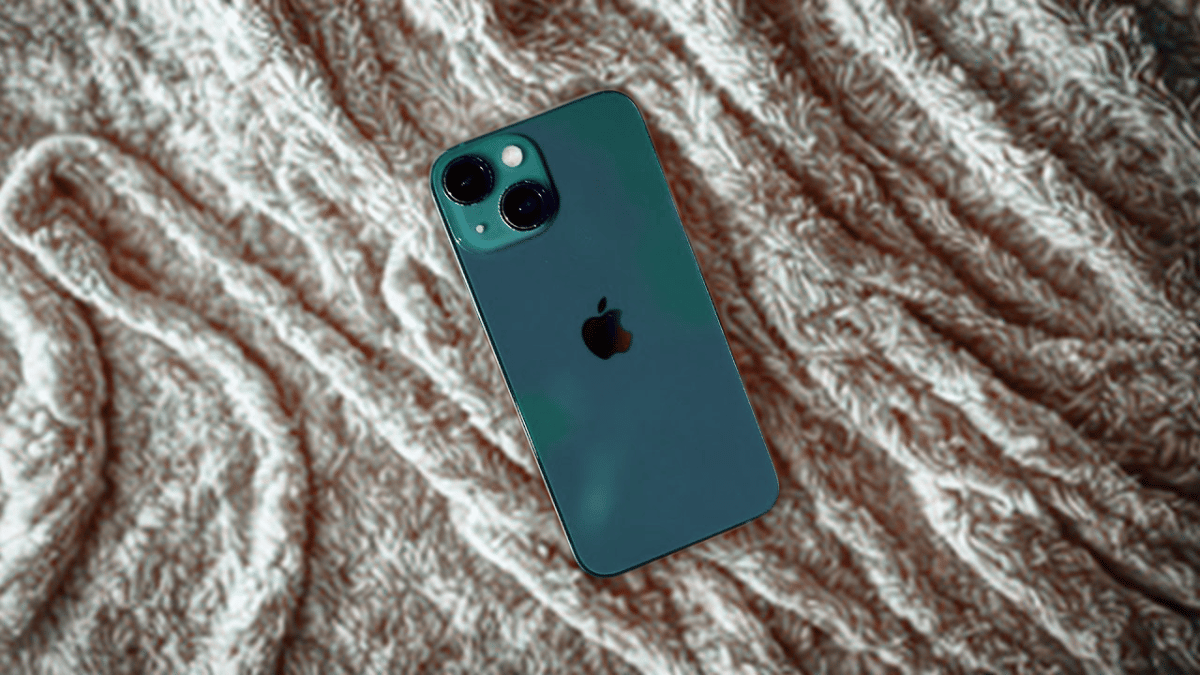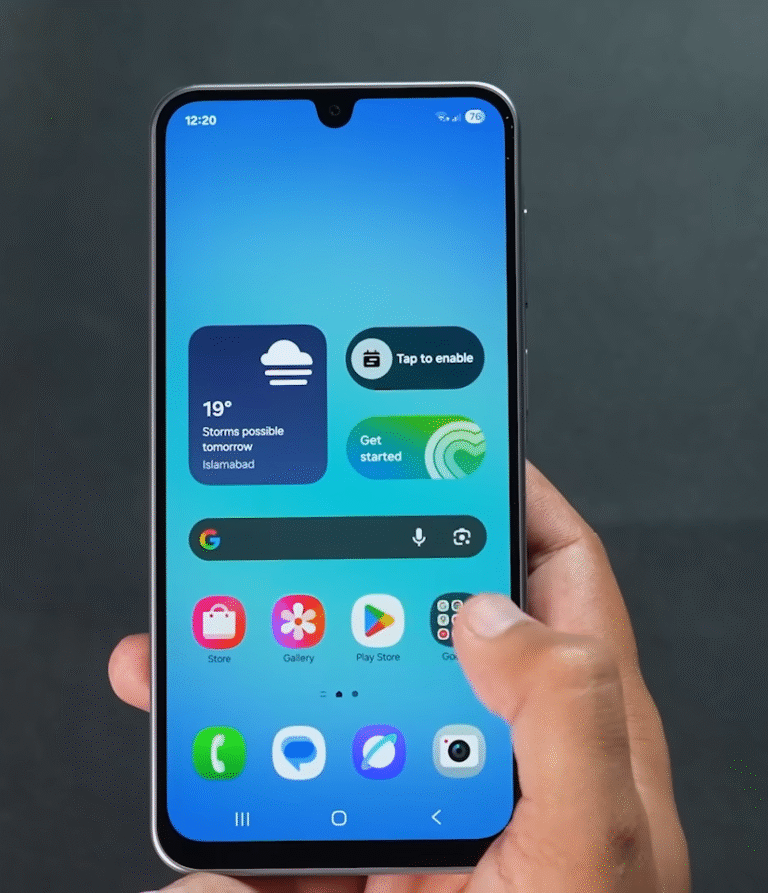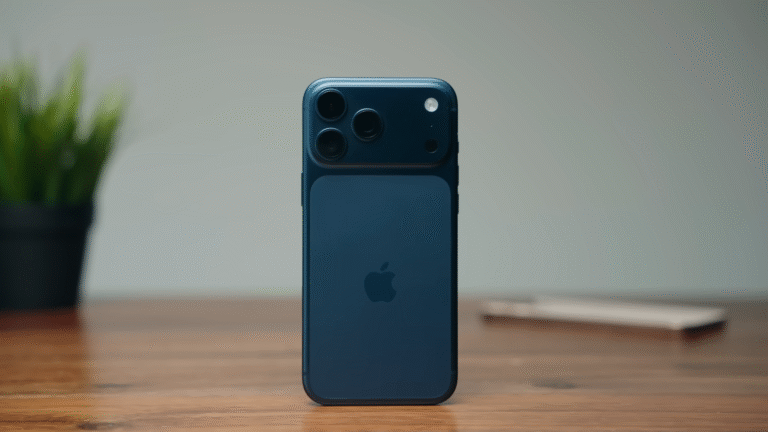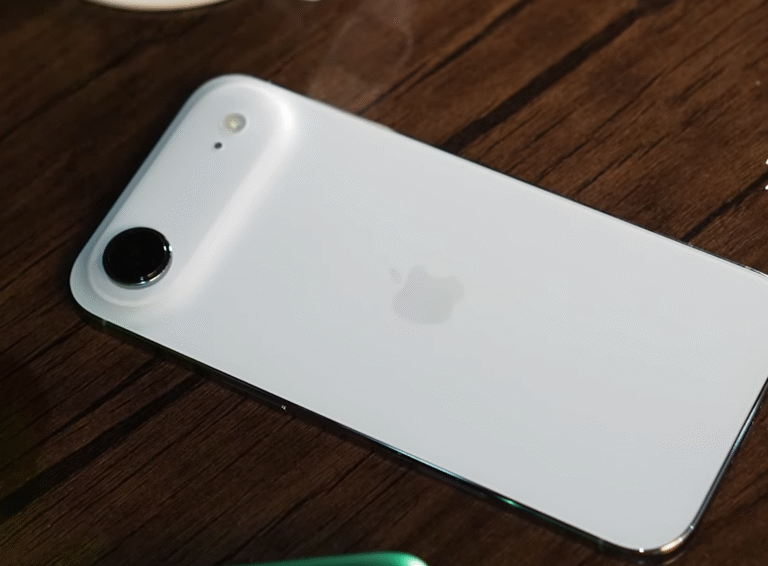
When Apple launched the iPhone 13 mini back in 2021, it quickly became a fan favorite. Its compact size, premium build, and flagship-level performance made it stand out in a market full of massive phones. Fast forward to 2025, and many people are still asking the same question: is the iPhone 13 mini still worth it today?
After daily driving the phone and putting it through a “day-in-the-life” test, here’s how it holds up.
Compact Design That Still Feels Fresh
The iPhone 13 mini remains one of the smallest modern smartphones you can buy. At 5.4 inches, its OLED Super Retina XDR display is tiny compared to today’s standards — and that’s a big part of its charm. It’s incredibly easy to use one-handed, fits into any pocket, and is a joy for those who prefer minimal bulk.
Apple’s design has aged well: glass front and back, aluminum sides, ceramic shield protection, and IP68 water resistance. It feels every bit as premium in 2025 as it did at launch. In fact, for fans of compact phones, there’s still nothing quite like it.
Display: Sharp but Dated
Despite its small size, the iPhone 13 mini’s display is impressively sharp, packing around 476 pixels per inch. HDR10 and Dolby Vision support make movies and photos look great, and Apple’s trademark color accuracy is on full display here.
However, two weaknesses are harder to ignore today:
-
Refresh rate: Unlike newer iPhones and Android rivals, the mini is stuck at 60Hz. Scrolling and animations feel noticeably less smooth compared to modern 90Hz or 120Hz screens.
-
Brightness: While fine indoors, visibility struggles under direct sunlight in 2025, especially compared to the brighter OLED panels on newer flagships.
Overall, it’s a good display for casual use, but it no longer competes at the top tier.
Camera Performance: Reliable but Not Cutting-Edge
The iPhone 13 mini carries the same dual-camera system as the regular iPhone 13:
-
12MP main wide lens
-
12MP ultra-wide lens
What makes it special is the inclusion of sensor-shift stabilization, a feature previously exclusive to the iPhone 12 Pro Max. This means handheld shots and videos remain impressively stable, even in 2025.
Photos deliver solid dynamic range, accurate colors, and respectable sharpness. Portraits and selfies are decent, though not groundbreaking. The ultra-wide lens captures dramatic perspectives but can look slightly oversharpened. Video recording remains a strong suit, offering up to 4K at 60fps with Apple’s trademark smoothness.
In short, the cameras are good but not groundbreaking by 2025 standards — you won’t get higher resolutions or the advanced computational tricks of newer iPhones, but results are still more than respectable.
Performance: Surprisingly Strong
Powered by Apple’s A15 Bionic chip and 4GB of RAM, the iPhone 13 mini is still surprisingly quick in 2025. Everyday tasks like browsing, messaging, and app launching feel snappy, and gaming performance remains solid.
That said, the limited RAM can cause some frustration with heavy multitasking. Apps sometimes reload when switching back and forth, something you don’t notice as much on newer iPhones. The smaller body also means heat buildup is more noticeable, especially during demanding tasks or in warm weather.
Still, compared to many budget and mid-range phones on the market today, the iPhone 13 mini holds its own with ease.
Battery Life: The Mini’s Biggest Flaw
Here’s where the compact design works against the iPhone 13 mini: the battery. Even when new, its small battery was its biggest compromise. In 2025, with natural battery wear factored in, it struggles to last a full day.
During testing, the phone managed about 4.5 hours of screen-on time before dying around early evening. Light to medium users may scrape through a day, but heavy users will need a midday top-up. If you’re considering buying one secondhand, replacing the battery is almost a must for acceptable endurance.
Grade-wise, the battery earns a B– at best — functional, but far from impressive.
Software and Longevity
Running iOS 18 in 2025, the iPhone 13 mini still benefits from Apple’s excellent software support. With the A15 Bionic chip inside, it’s reasonable to expect another 3–4 years of updates, making it viable into the late 2020s.
Features like Face ID, 5G connectivity, and MagSafe wireless charging keep it feeling modern, even if some hardware specs are aging.
Final Verdict: A Compact Classic with Caveats
The iPhone 13 mini remains a unique device in 2025. Its tiny size, premium design, and still-capable performance make it appealing to those who want a truly compact smartphone without sacrificing too much power.
However, its flaws are hard to ignore:
-
Weak battery life
-
No high refresh rate
-
Cameras that feel dated against modern competition
-
Limited multitasking due to 4GB RAM
If you want a small iPhone for casual use and don’t mind charging often, the 13 mini still delivers that signature Apple experience in a form factor no other phone matches. But if battery life or cutting-edge features matter most, you’re better off looking at newer iPhones.
Overall Score (2025): 72/100 — Solid, but showing its age.



